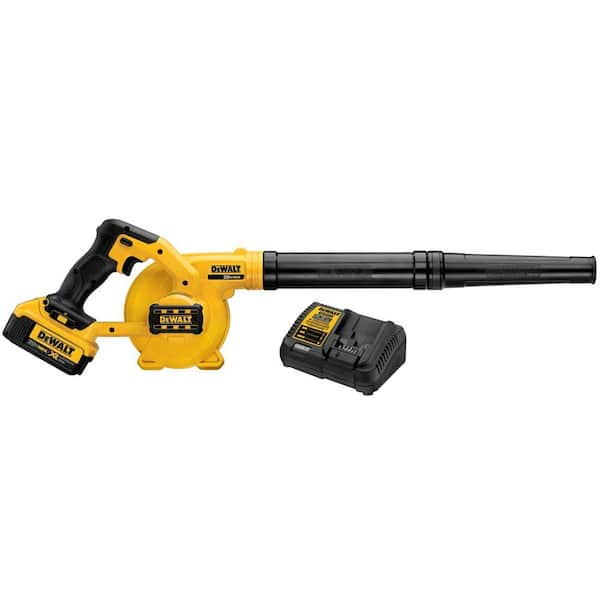Say Goodbye To Leaf Bagging
Say Goodbye to Leaf Bagging
Fall is a beautiful time of year, but it can also be a lot of work. One of the most time-consuming tasks is leaf bagging. Raking up leaves is hard enough, but then you have to bag them, tie them up, and drag them to the curb. It's a messy and time-consuming process.
But there's good news! You don't have to bag your leaves anymore. There are a number of alternative methods that are more efficient and environmentally friendly.
Benefits of not bagging leaves
There are a number of benefits to not bagging your leaves. First, it saves you time and energy. You don't have to rake, bag, tie, and drag the leaves to the curb. You can simply leave them on your lawn, where they will decompose naturally.
Second, not bagging your leaves is better for the environment. When leaves are bagged, they end up in landfills, where they can take hundreds of years to decompose. However, when leaves are left on the lawn, they provide valuable nutrients to the soil. They also help to prevent erosion and improve water retention.
Alternatives to leaf bagging
There are a number of alternative methods to leaf bagging. Here are a few of the most popular:
- Leaf mulching: This is a process of using a leaf mulcher to shred leaves into small pieces. The shredded leaves can then be left on the lawn, where they will decompose naturally.
- Leaf composting: This is a process of composting leaves in a compost bin or pile. The compost can then be used to fertilize your lawn or garden.
- Leaf blowing: This is a process of using a leaf blower to blow leaves into a pile. The leaves can then be left in the pile to decompose, or they can be bagged and disposed of.
Which method is right for you?
The best method for you will depend on your specific circumstances. If you have a small lawn, you may be able to get away with leaf blowing. If you have a large lawn, you may want to consider leaf mulching or leaf composting.
Conclusion
There are a number of alternative methods to leaf bagging that are more efficient and environmentally friendly. If you're looking for a way to save time and energy, and do your part for the environment, consider not bagging your leaves this fall.
null
FAQ of small battery operated leaf blower
1. What are the benefits of using a small battery operated leaf blower?
There are many benefits to using a small battery operated leaf blower, including:
- They are lightweight and easy to maneuver, making them ideal for small areas or for people with limited mobility.
- They are quiet, so they won't disturb your neighbors.
- They are emission-free, so they are better for the environment.
- They are relatively inexpensive to purchase and operate.
- They are easy to store, as they do not require a large amount of space.
2. What are the drawbacks of using a small battery operated leaf blower?
The main drawback of using a small battery operated leaf blower is that they have a shorter run time than gas-powered leaf blowers. However, this is not a major issue for most people, as most small battery operated leaf blowers can run for 20-40 minutes on a single charge.
Another drawback is that small battery operated leaf blowers may not be as powerful as gas-powered leaf blowers. However, they are still sufficient for most light-duty leaf blowing tasks.
3. How long does it take to charge a small battery operated leaf blower?
The charging time for a small battery operated leaf blower will vary depending on the model and battery size. However, most leaf blowers can be fully charged in 2-4 hours.
4. What are the factors to consider when choosing a small battery operated leaf blower?
The following factors should be considered when choosing a small battery operated leaf blower:
- The size of the area you need to clear.
- The amount of leaf blowing you will be doing.
- The weight and maneuverability of the blower.
- The battery life.
- The price.
5. What are some safety tips for using a small battery operated leaf blower?
Always wear eye protection and hearing protection when using a leaf blower.
Do not use a leaf blower near an open flame or electrical outlet.
Be careful not to point the blower at people or animals.
Do not use a leaf blower in wet or windy conditions.
Image of small battery operated leaf blower
5 different images of "small battery operated leaf blower" from Pinterest:
- Black and Decker 20V MAX Cordless Electric Leaf Blower

- WORX WG320.9 20V Max Cordless 12-Inch Electric Leaf Blower

- Greenworks 24V 2-in-1 Cordless Electric Leaf Blower and Vacuum

- DEWALT 20V MAX Cordless Leaf Blower with 2.0Ah Battery and Charger

- Ryobi ONE+ 18V Cordless 2-in-1 Blower/Vacuum

Post a Comment for "Say Goodbye To Leaf Bagging"